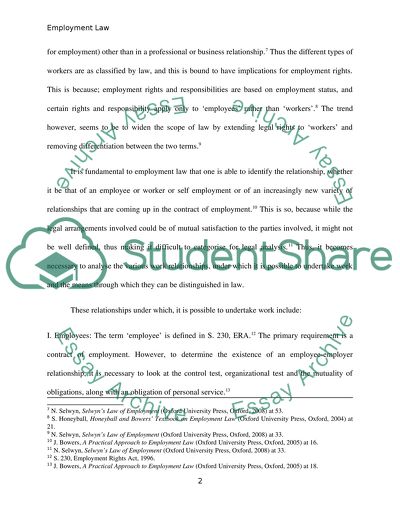Cite this document
(“Employment Law Coursework Example | Topics and Well Written Essays - 1500 words”, n.d.)
Employment Law Coursework Example | Topics and Well Written Essays - 1500 words. Retrieved from https://studentshare.org/law/1437848-employment-law
Employment Law Coursework Example | Topics and Well Written Essays - 1500 words. Retrieved from https://studentshare.org/law/1437848-employment-law
(Employment Law Coursework Example | Topics and Well Written Essays - 1500 Words)
Employment Law Coursework Example | Topics and Well Written Essays - 1500 Words. https://studentshare.org/law/1437848-employment-law.
Employment Law Coursework Example | Topics and Well Written Essays - 1500 Words. https://studentshare.org/law/1437848-employment-law.
“Employment Law Coursework Example | Topics and Well Written Essays - 1500 Words”, n.d. https://studentshare.org/law/1437848-employment-law.


